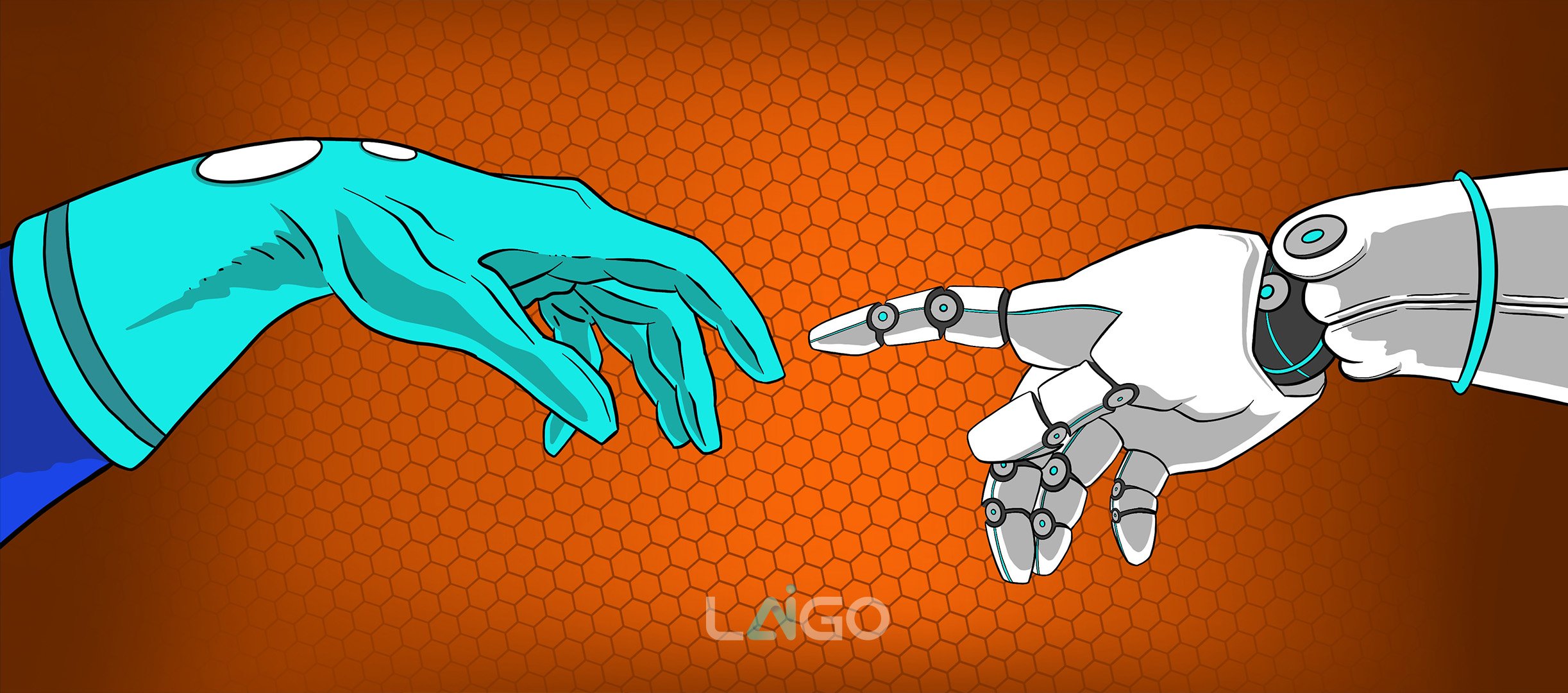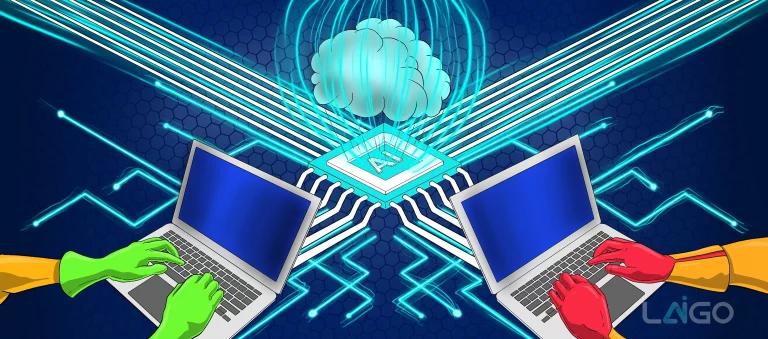In one of our previous blogposts, we had briefly touched on how artificial intelligence learns, mentioning Deep Learning. As a reminder, Deep Learning learns and makes decisions using something called a neural network. Neural networks are a very crude replica of the human brain and the way human thinking works. The nodes of the network take in information from other nodes, change it and pass it on. Learning and decision-making are the result of an enormous number of ever-changing connections, rather than the result of computational operations that humans tell them to perform, as is the case with other learning methods.
Processing unstructured data
Like all AI learning methods, Deep Learning requires data in as large a quantity as possible. Unlike other learning methods, this can also be unstructured data, i.e. images, texts, language files, etc., whose information content is not in some kind of ordered form such as a table. For the other learning methods, people sort the data in advance, so to speak, and divide the information content into categories, such as “dog” and “cat”. Learning then consists of the system figuring out the features that distinguish “dog” and “cat,” applying the features to new data on its own, and progressively refining the recognition. Deep Learning does not require any specification of the information content of the data, which is then inferred by the neural network itself.
This way of dealing with unstructured data predestines Deep Learning for use in highly complex application areas. These include text and image search in search engines, autonomous driving, but also the translation of texts. One of the best-known tools for this purpose bears the learning method in its name: DeepL.
How translation tools work
Nothing works without training, not only for human translators, but also for translation tools. Whatever the basis on which the tools learn and work, they must first be trained on the basis of enormous quantities of already translated sentence pairs in the source and target languages. From this, they form the basic framework for vocabulary and grammar structures. Then the tools suggest a translation and respond to human feedback by continuously keeping “good” translations and discarding “bad” ones. They use statistical techniques to determine which translation they suggest as correct from the myriad possibilities.
What Deep Learning does better
Each and every one of us knows that context, the situation or environment, is crucial to understanding an action or utterance. It also makes a difference to the quality of a machine translation whether the word environment is taken into account at all and how much of it is taken into account for the translation – the more, the better. This is precisely where the crucial difference lies between traditional translation tools and those that use Deep Learning. While the former work with denominations of two to three words, Deep Learning can reach out further and take into account more context, an entire sentence or even a whole paragraph. This comes at a price: if you send a single word through the neural network, for example, a Deep Learning tool can do it in no time at all, but for an entire section of text, the computing power required increases exorbitantly, and the hardware needed for this has not been around for that long.
The limits of machine translation
As with other uses of AI, AI-powered translation tools are changing the way people do their jobs, and translators are concerned that they will lose their jobs to AI tools. But their results should be taken with a grain of salt, even from deep-learning translation tools. Machine conclusions, especially when learning without defaults, may well be wrong, and the best translation software reaches its limits as soon as culture-specific politeness and tonality, puns and irony, references and continuity, or specialized terminology have to be taken into account. Translators are not put out of work by the new tools, but instead of producing translations, they control, check and improve what the tools have produced.
Translation professionals have more to do than just a bit of cosmetics. Inaccuracies and errors in machine translations, when they occur in drug package inserts, international contracts, construction manuals, technical documentation and similar texts, can have very far-reaching effects and are therefore an absolute no-go. Even with the best learning processes, translation tools will not catch up with this competence advantage of translators any time soon.



